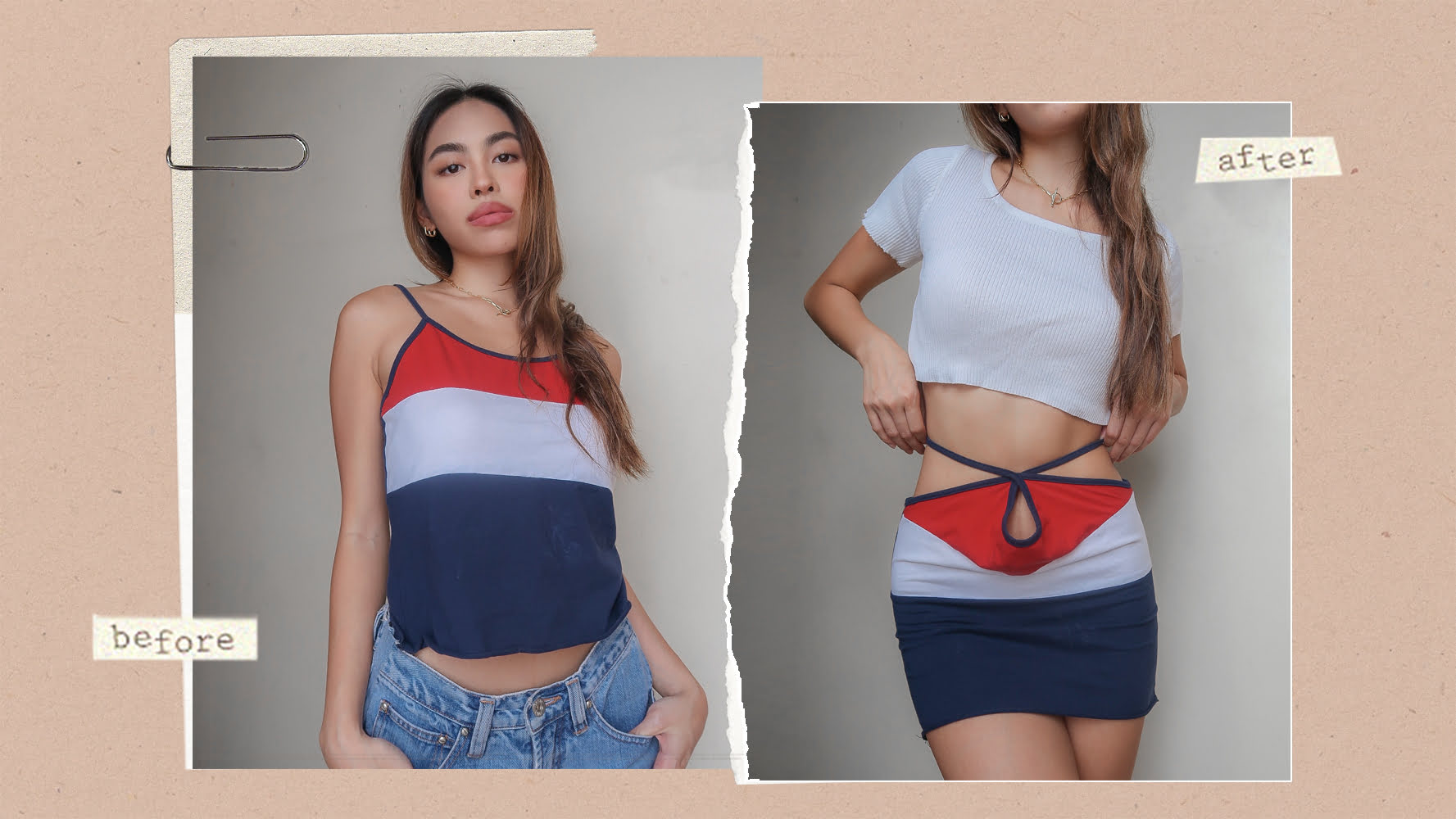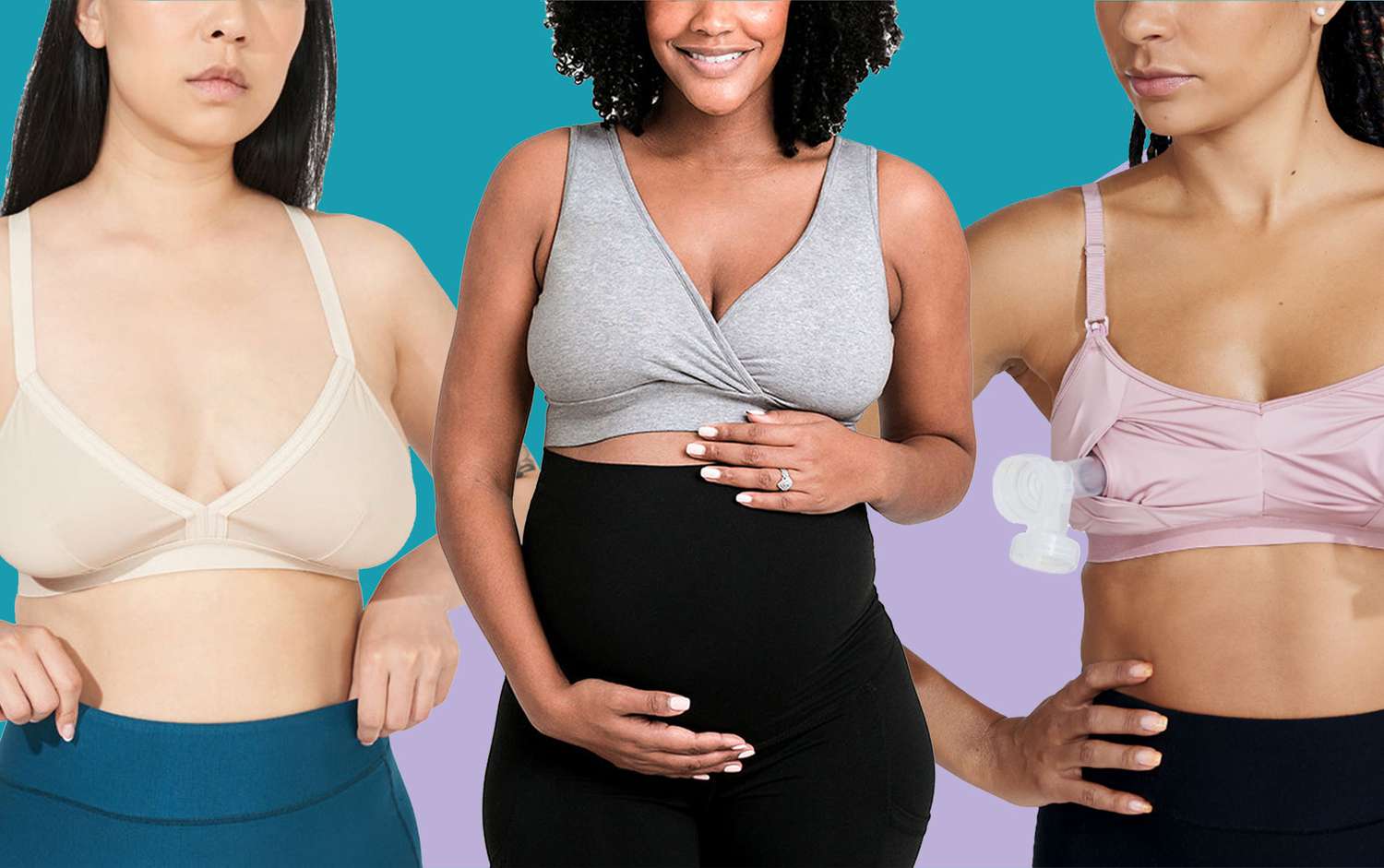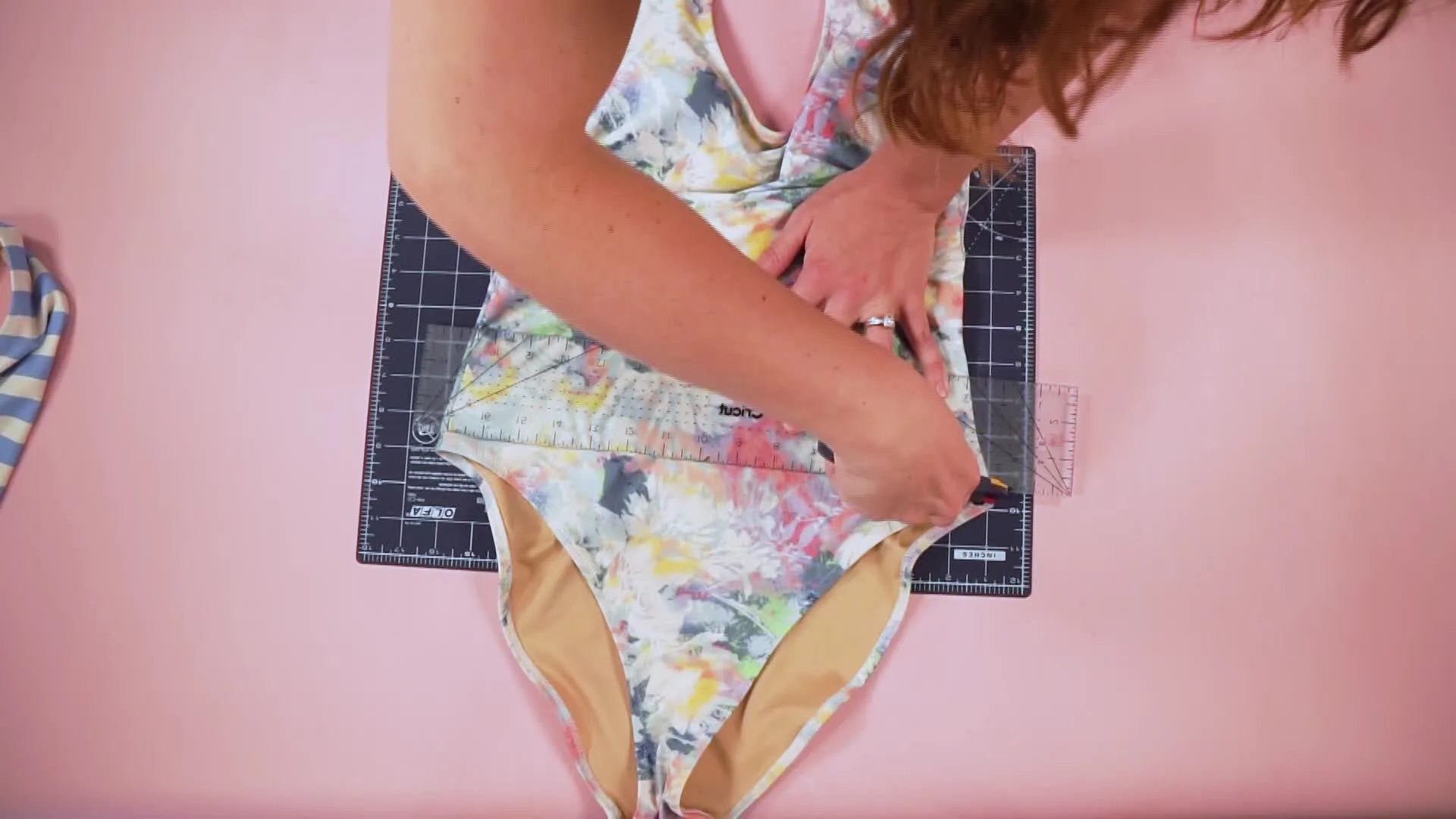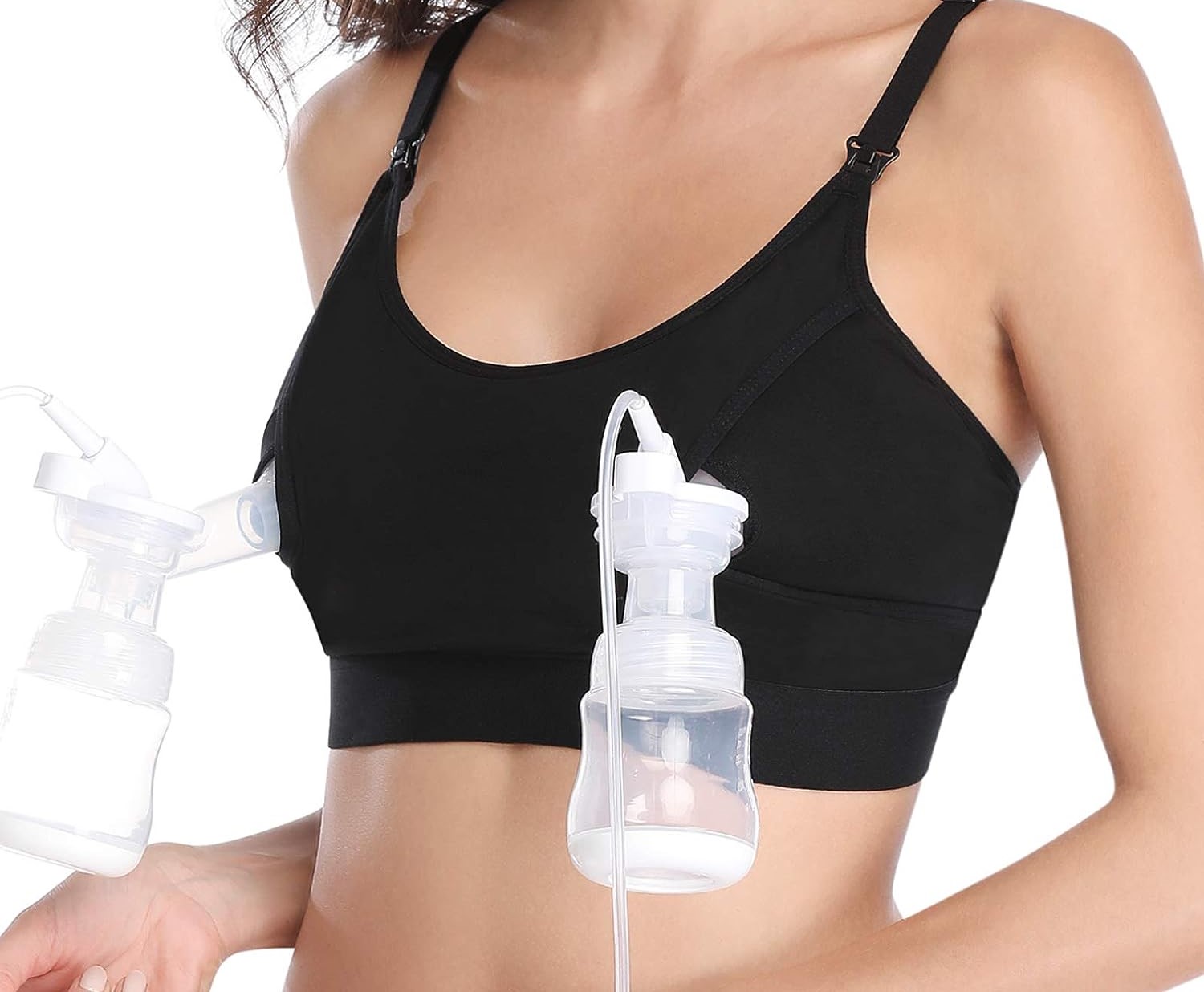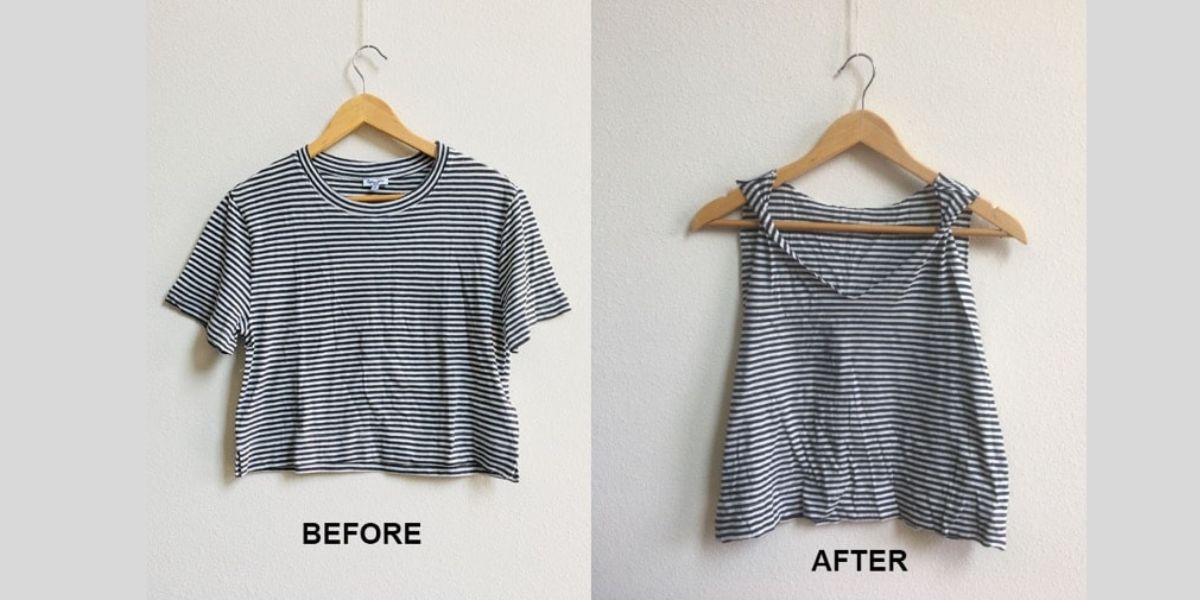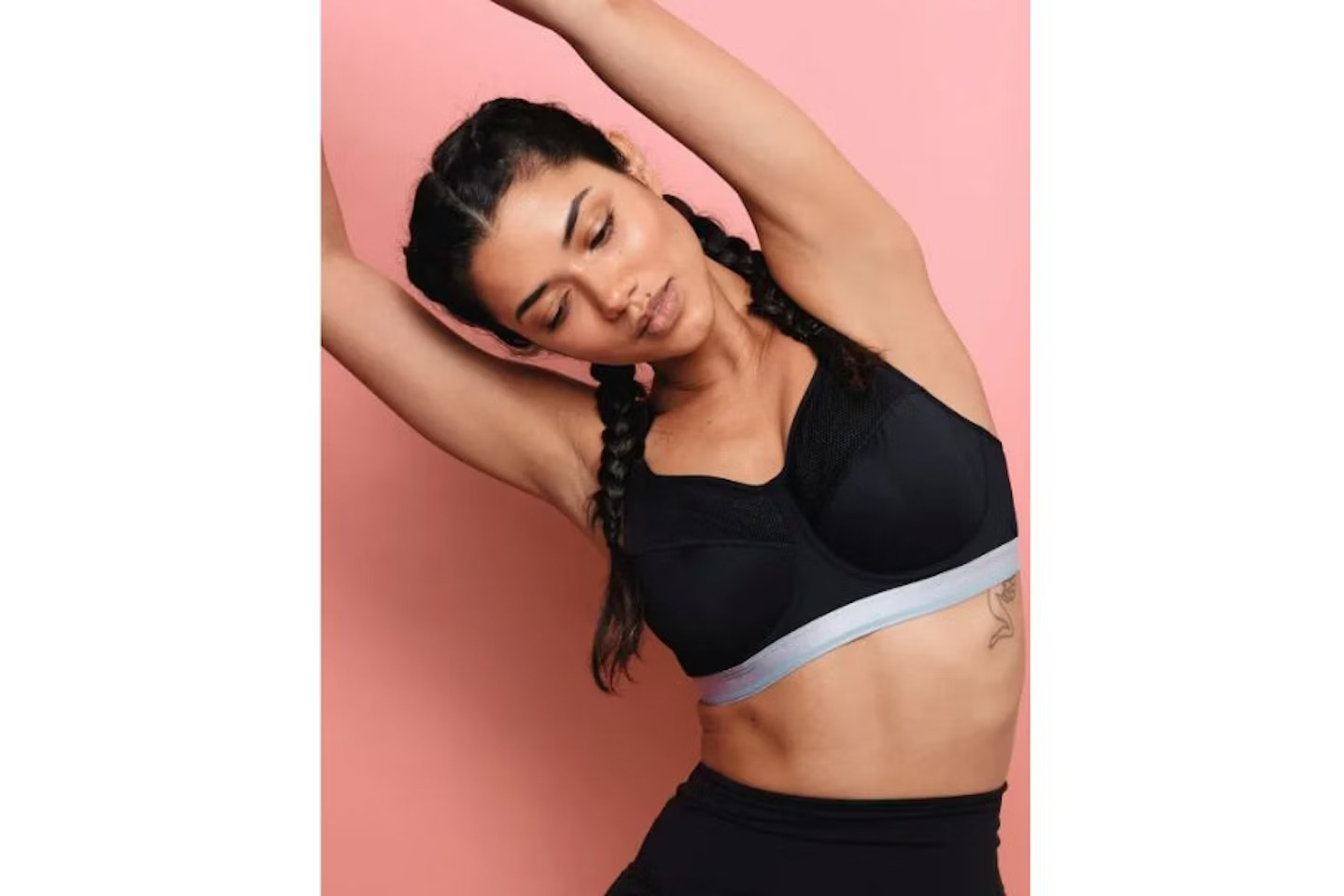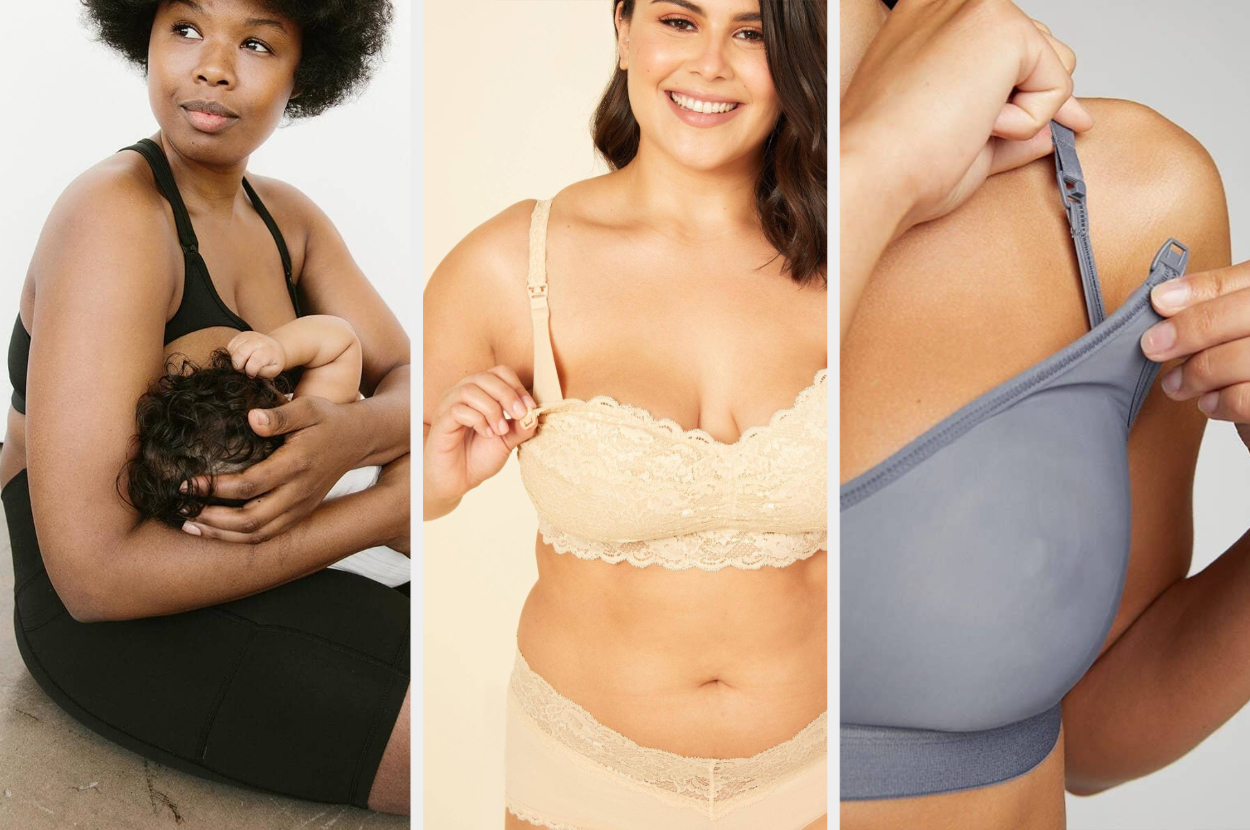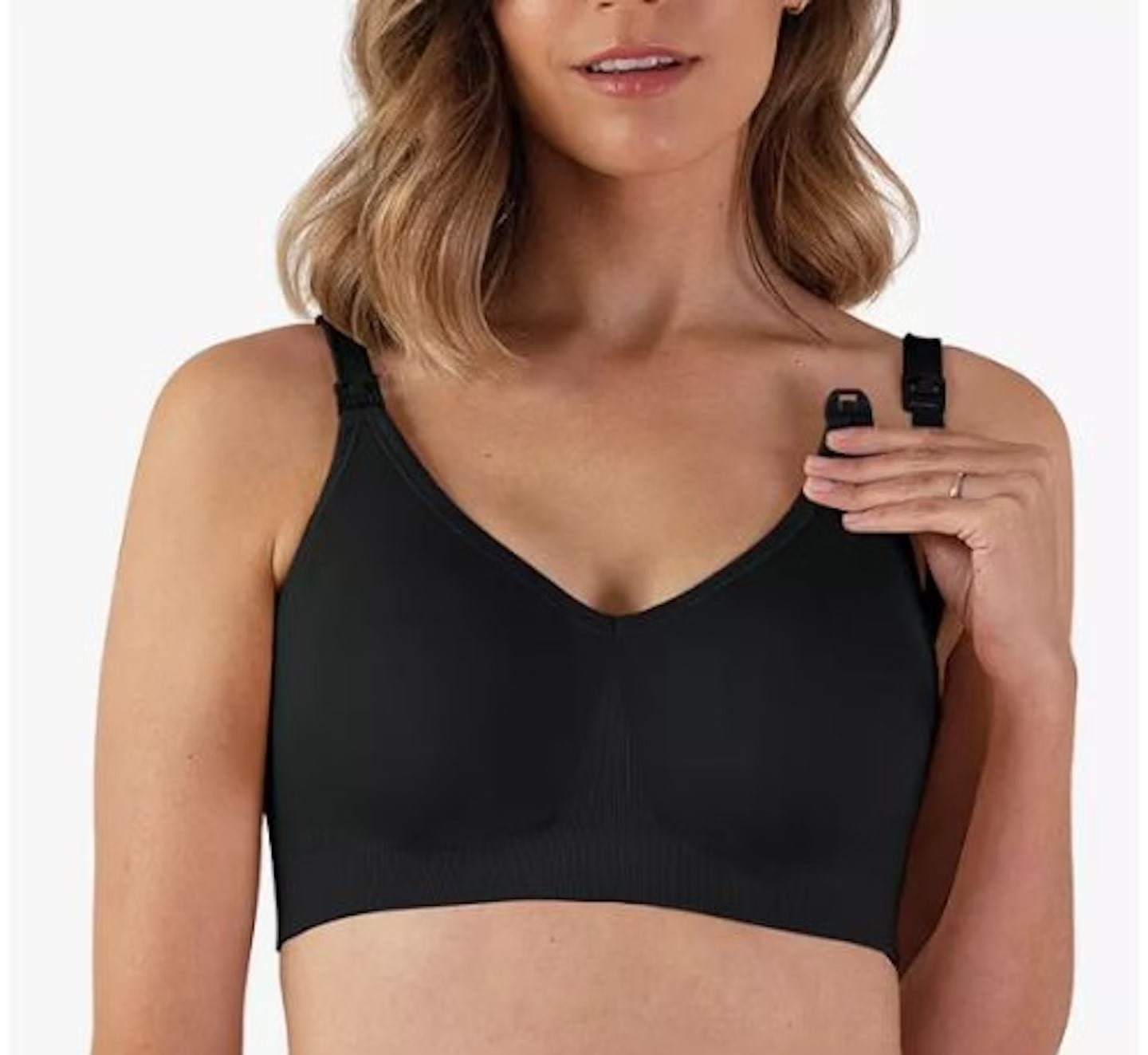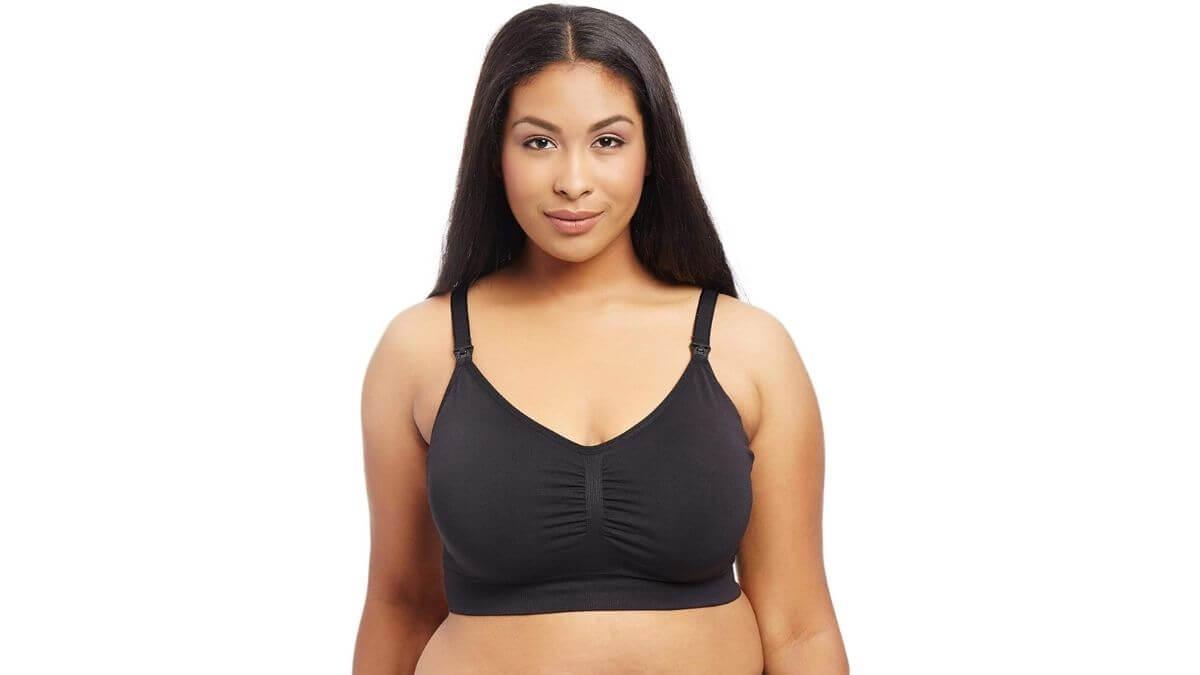Home>How-to Guides>For Women>How To Turn A Nursing Bra Into A Pumping Bra
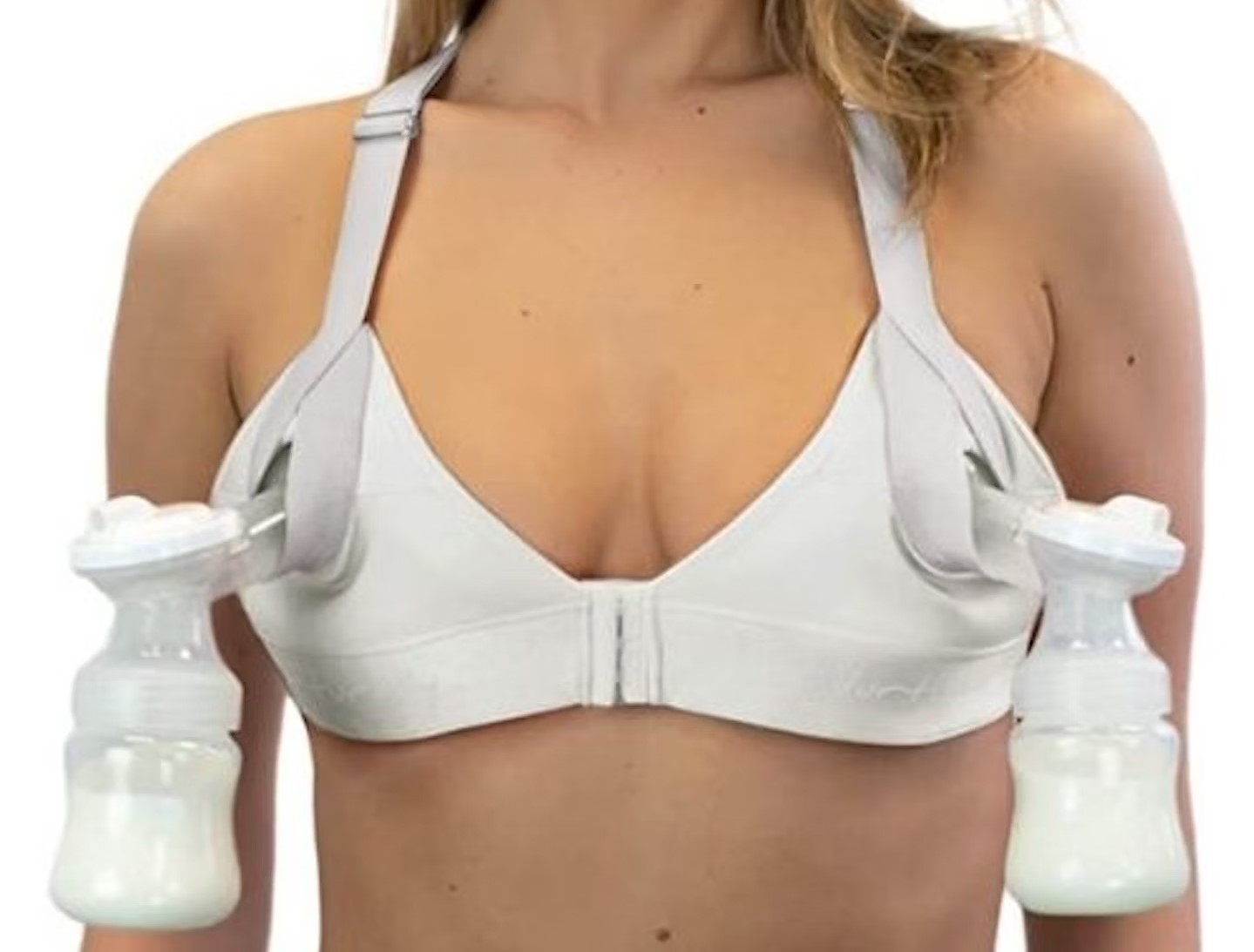

For Women
How To Turn A Nursing Bra Into A Pumping Bra
Modified: August 6, 2023
Discover how to easily convert a nursing bra into a convenient pumping bra for women. Streamline your breastfeeding routine with this practical solution.
(Many of the links in this article redirect to a specific reviewed product. Your purchase of these products through affiliate links helps to generate commission for Under-tec.com, at no extra cost. Learn more)
Table of Contents
- Introduction
- Benefits of Using a Pumping Bra
- Overview of a Nursing Bra
- Key Features of a Pumping Bra
- Step 1: Choosing a Suitable Nursing Bra
- Step 2: Gathering the Necessary Supplies
- Step 3: Preparing the Nursing Bra
- Step 4: Modifying the Bra for Pumping
- Step 5: Testing the Converted Pumping Bra
- Tips for Using a Nursing Bra as a Pumping Bra
- Conclusion
Introduction
Welcome to the world of motherhood, where multitasking becomes a way of life. As a breastfeeding mother, you are constantly looking for ways to simplify and streamline the process of nursing your little one. One such way is by using a pumping bra, a versatile accessory that can make the task of expressing breast milk much easier and more convenient. But what if you already have a nursing bra? Can you turn it into a pumping bra and get the best of both worlds?
The answer is yes! In this article, we will show you how to transform a regular nursing bra into a pumping bra, allowing you to effortlessly switch between breastfeeding and pumping sessions. Gone are the days of struggling with multiple bras or awkwardly juggling bottles and flanges while trying to hold your baby. With a converted pumping bra, you can have the freedom to express milk hands-free, giving you the flexibility and convenience that every nursing mother desires.
By repurposing your nursing bra, you not only save money but also reduce clutter in your wardrobe. Instead of investing in a separate pumping bra, you can simply modify your existing nursing bra, making it a versatile piece of lingerie that caters to both your breastfeeding and pumping needs. This DIY solution is not only practical but also empowers you to take control of your breastfeeding journey and adapt it to your specific needs and preferences.
In the following sections, we will provide step-by-step instructions on how to convert a nursing bra into a pumping bra. We will also highlight the key features that make a pumping bra different from a regular nursing bra. So, get ready to embrace the magic of multitasking and learn how to transform your nursing bra into a pumping bra. Let’s dive in!
Benefits of Using a Pumping Bra
Using a pumping bra offers a multitude of benefits for breastfeeding mothers. Here are some of the key advantages:
- Hands-free convenience: One of the biggest advantages of using a pumping bra is the ability to express milk hands-free. With a regular bra, you may find yourself struggling to hold the breast pump flanges in place while also trying to maintain a good latch for your baby. A pumping bra eliminates this struggle by securely holding the flanges in place, allowing you to multitask or simply relax during the pumping session.
- Increased efficiency: By using a pumping bra, you can maximize your pumping efficiency. Without the need to hold the flanges in place, you can use your hands to massage your breasts or perform breast compressions, promoting better milk flow. This can result in a more effective pumping session, allowing you to express more milk in less time.
- Improved comfort: Pumping can sometimes be uncomfortable, particularly if you have to hold the flanges against your breasts for an extended period. A pumping bra provides support and stability, relieving the strain on your hands and reducing the discomfort associated with holding the flanges in place. This allows you to sit back, relax, and focus on expressing milk without feeling any discomfort or pain.
- Flexible positioning: With a pumping bra, you have the flexibility to choose the most comfortable position for pumping. Whether you prefer to sit upright, recline, or even walk around, a pumping bra keeps the flanges securely in place, allowing you to find a position that works best for you. This freedom of movement can be particularly beneficial for busy moms who need to multitask or attend to other responsibilities while pumping.
- Privacy and discretion: For some breastfeeding mothers, privacy and discretion are important considerations when pumping. A pumping bra allows you to discreetly pump milk, as it holds the flanges in place under your clothing. This means you can pump in public without requiring a private space or having to disrobe. You can simply wear a loose top or nursing cover for added discretion.
With these benefits in mind, it’s no wonder that many breastfeeding mothers choose to use a pumping bra. It not only simplifies the pumping process but also enhances comfort and efficiency. Now that we’ve explored why a pumping bra is a valuable accessory, let’s delve into the key features that distinguish it from a regular nursing bra.
Overview of a Nursing Bra
A nursing bra is a specially designed undergarment that provides support and easy access for breastfeeding mothers. It is a staple in the wardrobe of many nursing mothers, offering comfort, convenience, and functionality. Here’s a brief overview of the key features of a nursing bra:
- Easy access: Nursing bras are designed with cups that can be easily opened and closed to allow for quick and discreet breastfeeding. They typically have clips or snaps on the straps or cups that can be undone with one hand, making it convenient for nursing on the go.
- Comfort and support: Nursing bras are crafted with soft, stretchy fabrics and supportive features to accommodate the changing shape and size of the breasts during pregnancy and breastfeeding. They often have wider shoulder straps and wider bands under the bust to provide added support and alleviate any discomfort.
- Adjustable straps and back closure: Nursing bras usually have adjustable straps and multiple rows of hooks on the back closure, allowing you to customize the fit as your body changes. This ensures a comfortable and secure fit throughout your breastfeeding journey.
- Seamless or underwire options: Depending on personal preference, nursing bras are available in both seamless and underwire styles. Seamless bras offer a smooth and comfortable fit, while underwire bras provide additional support and shaping for those who prefer a more structured look.
- Breast pad inserts: Many nursing bras come with built-in pockets or pouches to hold breast pads. These pads help absorb any leakage and keep you dry and comfortable throughout the day.
- Wide range of sizes and styles: Nursing bras are available in a wide range of sizes to accommodate the changing needs of breastfeeding mothers. Whether you have a smaller or larger bust, you can find a nursing bra that provides the right fit and support. Additionally, nursing bras come in various styles, including sports bras, sleep bras, and lacy bras, allowing you to have options for different occasions.
Overall, a nursing bra is designed to provide comfort, convenience, and support for breastfeeding mothers. It allows for easy breastfeeding access while ensuring a secure and comfortable fit. Now that we have a better understanding of a nursing bra, let’s move on to exploring the key features of a pumping bra, which makes it different from a regular nursing bra.
Key Features of a Pumping Bra
A pumping bra is specifically engineered to hold breast pump flanges in place, allowing you to express breast milk hands-free. It offers unique features that distinguish it from a regular nursing bra. Let’s take a closer look at the key features of a pumping bra:
- Hands-free functionality: The most important feature of a pumping bra is its ability to hold the breast pump flanges securely against the breasts, leaving your hands free to multitask or simply relax during the pumping session. This hands-free functionality allows you to perform other tasks, such as reading, working on a computer, or even caring for your baby, while expressing milk.
- Openings for flanges: A pumping bra is designed with specially placed openings or slits in the cups to accommodate the breast pump flanges. These openings provide easy access for attaching the flanges to the breasts, ensuring a proper seal and optimal milk extraction.
- Adjustable and customizable fit: Pumping bras typically have adjustable straps and multiple rows of hook-and-eye closures on the back, allowing you to customize the fit according to your unique body shape and size. This ensures a snug and comfortable fit that holds the flanges in place securely without causing any discomfort.
- Compatibility with different pump brands: Pumping bras are designed to be compatible with a variety of breast pump brands. They have stretchy materials and flexible openings that can accommodate different flange sizes and shapes, ensuring a proper fit for most breast pump models available on the market.
- Support and comfort: Like nursing bras, pumping bras offer support and comfort to nursing mothers. They often have wide shoulder straps, a wider band under the bust, and soft, stretchy fabrics to provide adequate support and alleviate any discomfort during the pumping process.
- Discreet design: Many pumping bras are designed to be discreet. They have a streamlined and seamless appearance so that they can be worn under clothing without drawing attention. This allows you to pump discreetly, even in public settings, without feeling self-conscious.
These key features make a pumping bra a valuable accessory for breastfeeding mothers who want the convenience and flexibility of expressing breast milk hands-free. Now that we understand the important features of a pumping bra, let’s move on to the step-by-step process of converting a nursing bra into a pumping bra.
Step 1: Choosing a Suitable Nursing Bra
The first step in converting a nursing bra into a pumping bra is to choose a suitable nursing bra as your base. Here are some factors to consider when selecting a nursing bra for conversion:
- Size and fit: Ensure that you choose a nursing bra that fits you well and provides proper support. It should not be too tight or too loose, as this can affect its functionality as a pumping bra. Consider getting professionally fitted if needed, as your bra size may change during pregnancy and breastfeeding.
- Accessibility: Look for a nursing bra that offers easy access to the breasts for breastfeeding. It should have convenient nursing clips or snaps on the cups that can be easily opened and closed with one hand.
- Comfort: Opt for a nursing bra that is made from soft, breathable, and stretchy fabric to ensure comfort during both breastfeeding and pumping sessions. Avoid bras with rough or scratchy materials that could irritate your skin.
- Support: Consider the level of support provided by the nursing bra. Look for wider shoulder straps and a band under the bust that provides adequate support and helps distribute the weight of your breasts evenly.
- Adjustability: Choose a nursing bra that has adjustable straps and multiple rows of hook-and-eye closures on the back. This will allow you to customize the fit as your body changes throughout the breastfeeding journey.
- Compatibility: Keep in mind the breast pump you are using and ensure that the nursing bra you choose is compatible with it. Look for a bra that has openings or slits in the cups that align with the position of the breast pump flanges.
By carefully considering these factors, you can select a nursing bra that will serve as a suitable base for conversion into a pumping bra. Once you have chosen the right nursing bra, you can move on to the next step of gathering the necessary supplies.
Step 2: Gathering the Necessary Supplies
Before you can start converting your nursing bra into a pumping bra, it’s important to gather all the necessary supplies. Here’s a list of items you’ll need for this DIY project:
- Nursing Bra: Choose the nursing bra that you have selected in Step 1. Make sure it meets the criteria of being comfortable and accessible for breastfeeding.
- Scissors: You’ll need a pair of sharp scissors to carefully cut the openings or slits in the right positions on the nursing bra to accommodate the breast pump flanges.
- Needle and thread or sewing machine: Depending on your sewing skills and preference, you can use a needle and thread or a sewing machine to reinforce the edges of the openings, ensuring they remain sturdy and durable.
- Safety pins or fabric clips: These can be helpful for temporarily securing the fabric while you’re making the necessary modifications to the nursing bra.
- Measuring tape (optional): If you want to be precise in the placement of the openings for the breast pump flanges, a measuring tape can be handy to ensure accurate positioning.
- Pencil or fabric marking pen (optional): If you prefer to mark the positions of the openings before cutting, a pencil or fabric marking pen can be used to make temporary markings on the nursing bra.
Gathering these supplies beforehand will ensure that you have everything you need to complete the conversion process smoothly. Once you have all the necessary supplies, you’re ready to move on to the next step: preparing the nursing bra for modification.
Step 3: Preparing the Nursing Bra
Before you can start modifying your nursing bra, it’s important to properly prepare it for the conversion process. Follow these steps to get the nursing bra ready:
- Clean the nursing bra: Start by washing the nursing bra according to the manufacturer’s instructions. This will help ensure that the fabric is clean and free from any residues that may interfere with the modification process. It’s best to choose a gentle laundry detergent suitable for delicate fabrics.
- Smooth out any wrinkles: Once the nursing bra is clean and dry, smooth out any wrinkles or creases in the fabric. This will make it easier to work with and help ensure accurate modifications.
- Put on the nursing bra: Wear the nursing bra and adjust the straps and closures to ensure a comfortable and secure fit. This step is necessary to determine the exact placement of the breast pump flanges and ensure that the modifications will align correctly with your breasts.
- Mark the position of the flanges: To mark the positions of the breast pump flanges, you can use a pencil or fabric marking pen to make temporary markings on the nursing bra. Alternatively, you can skip this step and directly move on to cutting the openings.
- Secure the fabric (optional): If you find it helpful, you can use safety pins or fabric clips to temporarily secure the fabric in the marked positions. This will ensure that the fabric stays in place while you cut the openings and make the necessary modifications.
By properly preparing the nursing bra, you create a solid foundation for the modification process. This step allows you to visualize the placement of the breast pump flanges and ensures that you make accurate and precise modifications. Once the nursing bra is prepared, you’re ready to move on to the exciting part: converting the bra into a pumping bra!
Step 4: Modifying the Bra for Pumping
Now that you have prepared the nursing bra, it’s time to start the modification process and transform it into a pumping bra. Follow these steps to modify the bra:
- Identify the placement: Refer to the temporary markings or position the bra on your body to identify the correct placement of the breast pump flanges. Ensure that the flanges will sit comfortably over your nipples when attached.
- Make small incisions: Use a pair of sharp scissors to carefully make small incisions or openings in the fabric at the identified positions. Start with small cuts and gradually increase the size if needed. It’s better to start with smaller openings and adjust as necessary to ensure a snug fit for your flanges.
- Reinforce the edges (optional): If you want to ensure the durability and longevity of the modifications, you can reinforce the edges of the openings using a needle and thread or a sewing machine. This step will help prevent any fraying of the fabric and maintain the integrity of the bra.
- Test the fit: Put on the modified bra and attach your breast pump flanges to the openings you created. Ensure that the flanges sit securely and comfortably against your breasts. Adjust the size and shape of the openings if needed to achieve the desired fit and seal.
- Check for comfort and function: Take a moment to evaluate the overall comfort and functionality of the modified bra. Make sure it provides the necessary support, allows for easy attachment and removal of the breast pump flanges, and does not cause any discomfort or pressure on your breasts.
Remember to take your time during the modification process and make any necessary adjustments along the way. The goal is to create a pumping bra that perfectly suits your needs and provides the convenience of hands-free pumping. Once you are satisfied with the modifications and the bra fits well, you’re ready to move on to the final step: testing the converted pumping bra.
Step 5: Testing the Converted Pumping Bra
After modifying your nursing bra into a pumping bra, it’s important to test its functionality and ensure that it works effectively for your pumping needs. Follow these steps to test the converted pumping bra:
- Attach the breast pump: Put on the converted pumping bra and attach the breast pump flanges to the openings you created. Make sure the flanges are properly aligned with your nipples and form a secure seal against your breasts.
- Start the pumping session: Begin the pumping session as you normally would, following the instructions provided by your breast pump manufacturer. Adjust the suction and speed settings to your preference.
- Monitor the functionality: During the pumping session, monitor the functionality of the converted bra. Ensure that the flanges remain securely in place and maintain a comfortable seal around your nipples. Pay attention to any discomfort, slipping, or pressure points that may arise.
- Assess comfort and convenience: Evaluate the overall comfort and convenience of the converted pumping bra. Take note of any improvements in your pumping experience, such as the ability to multitask or the reduction in hand fatigue. Consider whether the bra offers the level of comfort and support you desire.
- Make adjustments if necessary: If you encounter any issues during the testing phase, such as discomfort or poor fit, consider making small adjustments to the modified bra. This may involve enlarging or reshaping the openings, reinforcing the edges further, or trying different positioning techniques.
By thoroughly testing the converted pumping bra, you can ensure that it meets your expectations and effectively serves the purpose of hands-free pumping. Remember that every nursing bra and body shape is unique, so it may take some trial and error to achieve the perfect fit. With a bit of patience and fine-tuning, you can create a customized pumping bra that enhances your pumping experience.
Once you are satisfied with the functionality and comfort of the converted pumping bra, you can confidently use it during your pumping sessions for convenient and efficient milk expression.
Tips for Using a Nursing Bra as a Pumping Bra
Now that you have successfully converted your nursing bra into a pumping bra, here are some valuable tips to enhance your experience and make the most out of this versatile accessory:
- Practice using the pumping bra: Before relying on the pumping bra for regular use, take some time to practice using it. Familiarize yourself with the positioning of the breast pump flanges, the attachment process, and any adjustments needed to achieve a comfortable fit.
- Invest in extra nursing bras: Consider purchasing additional nursing bras that you can convert into pumping bras. Having multiple bras on hand will allow you to rotate them and ensure that you always have a clean and ready-to-use pumping bra available.
- Use breast pads if needed: If you experience leakage during pumping sessions, consider using breast pads inside the nursing bra to absorb any milk that may escape the flanges. This will help keep you dry and comfortable throughout the pumping process.
- Take breaks when necessary: It’s important to listen to your body and take breaks during pumping sessions if needed. Use this time to reposition the flanges, adjust the fit of the pumping bra, or simply relax and take a breather. Remember, self-care is key during the breastfeeding journey.
- Maintain proper breast hygiene: Ensure that your breasts are clean and dry before using the pumping bra. Regularly wash and sanitize the flanges and pumping equipment according to the manufacturer’s instructions. Practicing good breast hygiene will help prevent any infections or discomfort.
- Consider using a hands-free pumping bra accessory: If you find that the converted nursing bra does not provide the level of support or convenience you desire, you might explore using a hands-free pumping bra accessory. These accessories are designed specifically for hands-free pumping and can enhance the ease and comfort of your pumping sessions.
- Stay flexible and adapt: As your breastfeeding journey progresses, your pumping needs may change. Stay flexible and be willing to adapt your pumping bra as necessary. You may need to make further modifications, resize the openings, or convert a different nursing bra to better suit your evolving needs.
By following these tips, you can optimize your use of a nursing bra as a pumping bra and make your pumping sessions more comfortable and efficient. Explore what works best for you and don’t hesitate to experiment with different techniques or accessories to enhance your pumping experience.
Conclusion
Converting a nursing bra into a pumping bra is a fantastic way to maximize the functionality of your lingerie and simplify your breastfeeding journey. By following the step-by-step process outlined in this article, you can transform your regular nursing bra into a hands-free pumping bra that allows you to multitask, improve efficiency, and enhance comfort during your pumping sessions.
We’ve discussed the benefits of using a pumping bra, the key features of a nursing bra, and the necessary supplies and steps involved in the conversion process. By choosing a suitable nursing bra, preparing it for modification, making the necessary cuts and adjustments, and testing the converted pumping bra, you can create a customized solution that suits your individual needs.
Remember to be patient during the process, as it may take some trial and error to achieve the perfect fit and functionality. Explore additional tips for using a pumping bra, such as using breast pads, practicing proper breast hygiene, and staying adaptable to changes in your pumping routine.
With your new pumping bra, you can enjoy the convenience of expressing breast milk hands-free and make the most out of your pumping sessions. This DIY solution not only saves you money but also allows you to repurpose a favorite nursing bra, reducing clutter in your wardrobe.
So, go ahead and give it a try! Convert your nursing bra into a pumping bra and experience the freedom and flexibility it offers. Embrace the magic of multitasking and enjoy a more convenient and comfortable breastfeeding journey.
